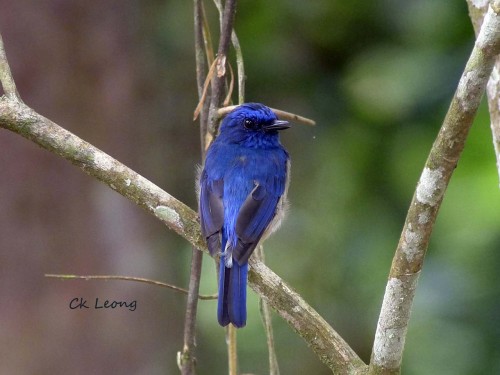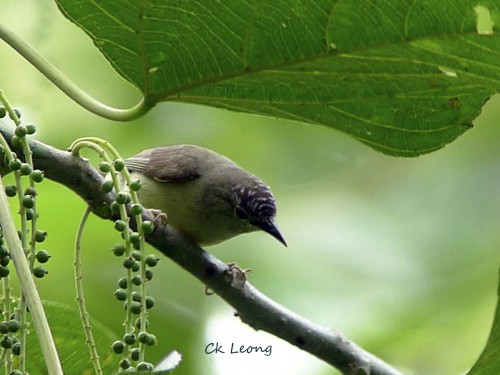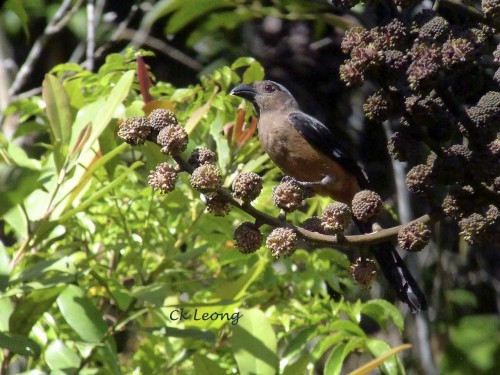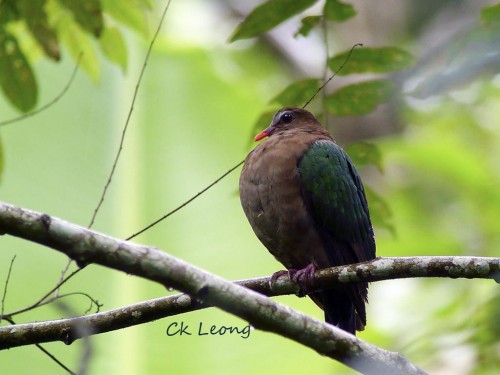Malaysian Blue Flycatcher
I remember that in years gone by, most of the nature lodges in Sabah had their resident blue flycatcher. The Borneo Rainforest Lodge had a Bornean Blue Flycatcher coming near the restaurant and so did the Tabin Wildlife Resort with their Malaysian Blue. Those were the days. Recently I was at another lodge in Sukau along the Kinabatangan River and this male Malaysia Blue Flycatcher came to say hello. It’s all good.
 August 16, 2012
|
Posted by CK Leong
August 16, 2012
|
Posted by CK Leong

 Categories:
Categories: 





Recent Comments